"Urbani Del Fabbretto. Adam And Eve, Circa 1930. Roman School."
Adam and Eve is a work depicting Adam and Eve immediately after their expulsion from Paradise.Gouache on paper.
Framed.
The two protagonists are shown in a desperate pose, covering their faces with their hands and wearing fig leaves. The background features stylized flowers that add a decorative touch to the scene, reminiscent of early 20th-century stained glass windows.
Adam and Eve
Circa 1920-1930
Signed Bottom right, "A. Urbani del Fabbretto".
painter and Set designer and costume designer, who has dedicated many years to work at the Opera Rome theatre.
This gouache on paper exemplifies Urbani del Fabbretto's talent. The piece is highly decorative and stylized, with a masterful use of color and form that recalls the stained glass artistry of the Art Nouveau and Deco periods.
Angelo Urbani del Fabbretto (1903-1974), born in Rome, was an Italian artist and set designer known for his decorative and stylized work. He lived and worked primarily in Italy, developing a unique style that blended tradition and modernity. His artistic education took place in a rich and dynamic cultural context, allowing him to explore various techniques and styles, including gouache, which he used masterfully in his works on paper.
The theatrical vein also had another expression: in fact at the museum of Trastevere preserves its famous nativity scene, which exemplifies its aptitude for creating characters and costumes. In addition, during the Christmas period, near Piazza Navona, a Christmas crib created by him was exhibited for many years. This skill Angelo Urbani del Fabbretto inherited from his father, well-known Roman puppet maker.
Urbani del Fabbretto participated in numerous group and solo exhibitions in Italy and abroad. He took part Venice Biennale in 1942 ( see more info in Archivio storico della Biennale), and in 1948 in Roman quadriennale.
His works are part of several prestigious collections, including The National Gallery of Modern Art, Rome.
Urbani del Fabbretto collaborated with theaters and set designers, contributing to creating evocative visual settings for several theatrical productions. Notable collaborations include:
- Tosca: Directed by Marcello Chimera at the Rome Opera House in 1949.
- L’isola degli incanti: At the Baths of Caracalla, directed by Paolo Grassi.
Urbani del Fabbretto's works are storngly influenced by Art Nouveau and Deco.
His ability to create decorative and stylized compositions is particularly evident in this gouache on paper. The technique used, characterized by vivid colors and bold lines, recalls the artistic stained glass windows of the early 20th century, a period of significant innovation and experimentation in visual arts.
Artistic Groups :
In his youth, Urbani del Fabbretto was associated with the "Scuola Romana" (Roman School), a movement that included various artists from the capital and significantly contributed to the development of modern art in Italy. This group emphasized a return to figuration, psychological intensity, and a fusion of classicism with modernity, which resonated with Urbani del Fabbretto's own artistic philosophy.























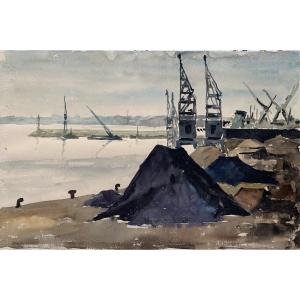
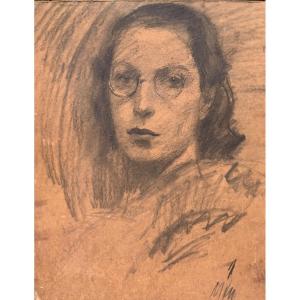


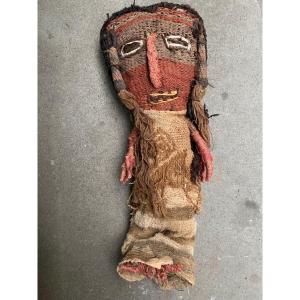
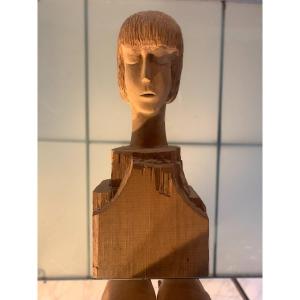
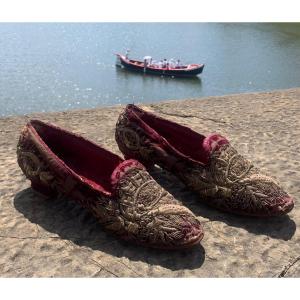


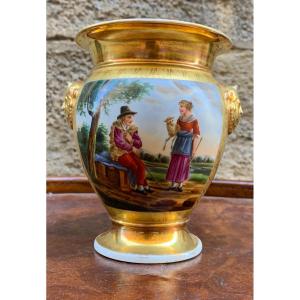
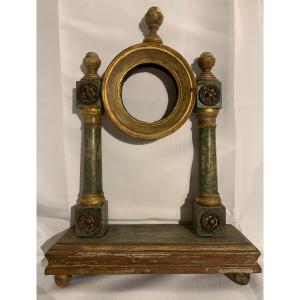

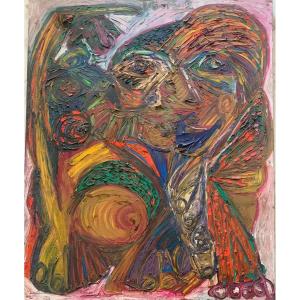

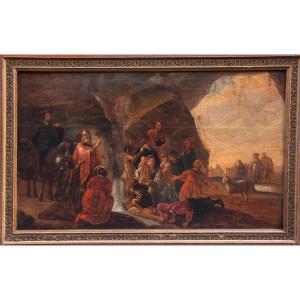
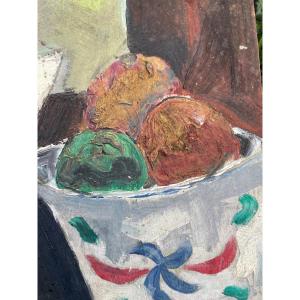

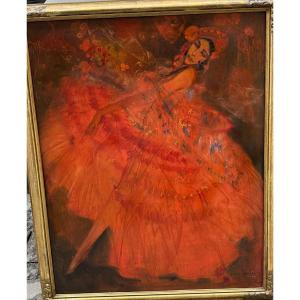
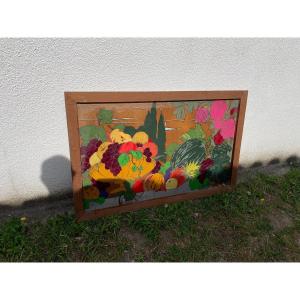





 Le Magazine
Le Magazine Rivista Artiquariato
Rivista Artiquariato TRÉSORS magazine
TRÉSORS magazine